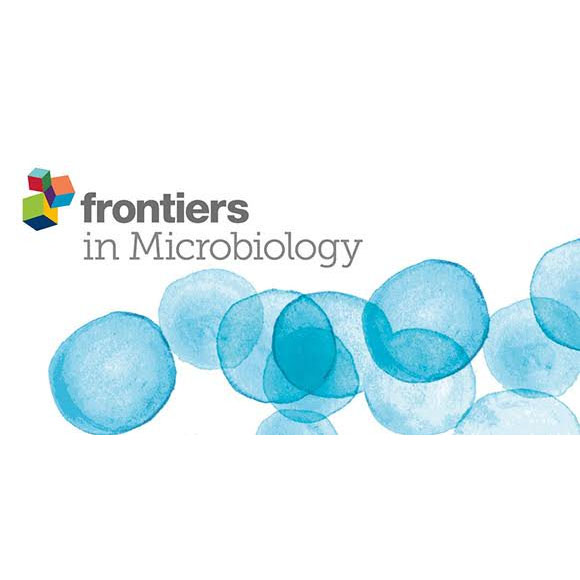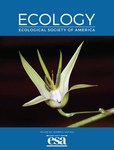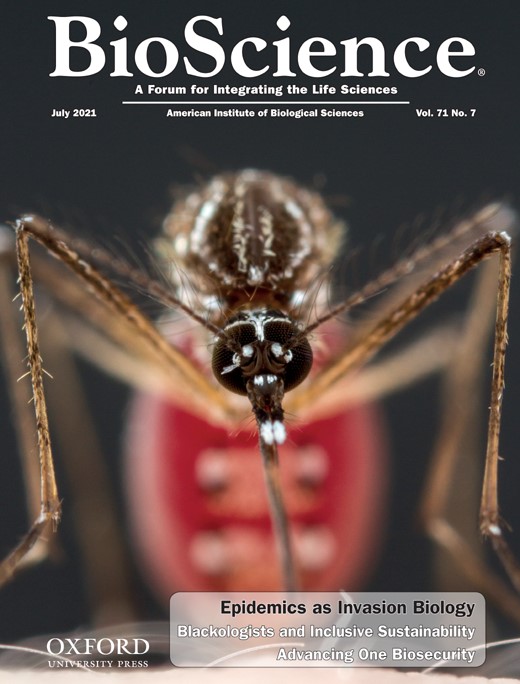Please find all scientific publications of IGB under > scientific publications
For more detailed information please refer to our > library catalogue
41 - 50 of 745 items

August 2025
Agricultural and Forest Meteorology. - 373(2025), Art. 110771
Variability of evapotranspiration fluxes affected by dry and wet year transitions in beech, pine and mixed stands in the lowland of northeast Germany
Yeye Liu; Marco Natkhin; Doris Duethmann
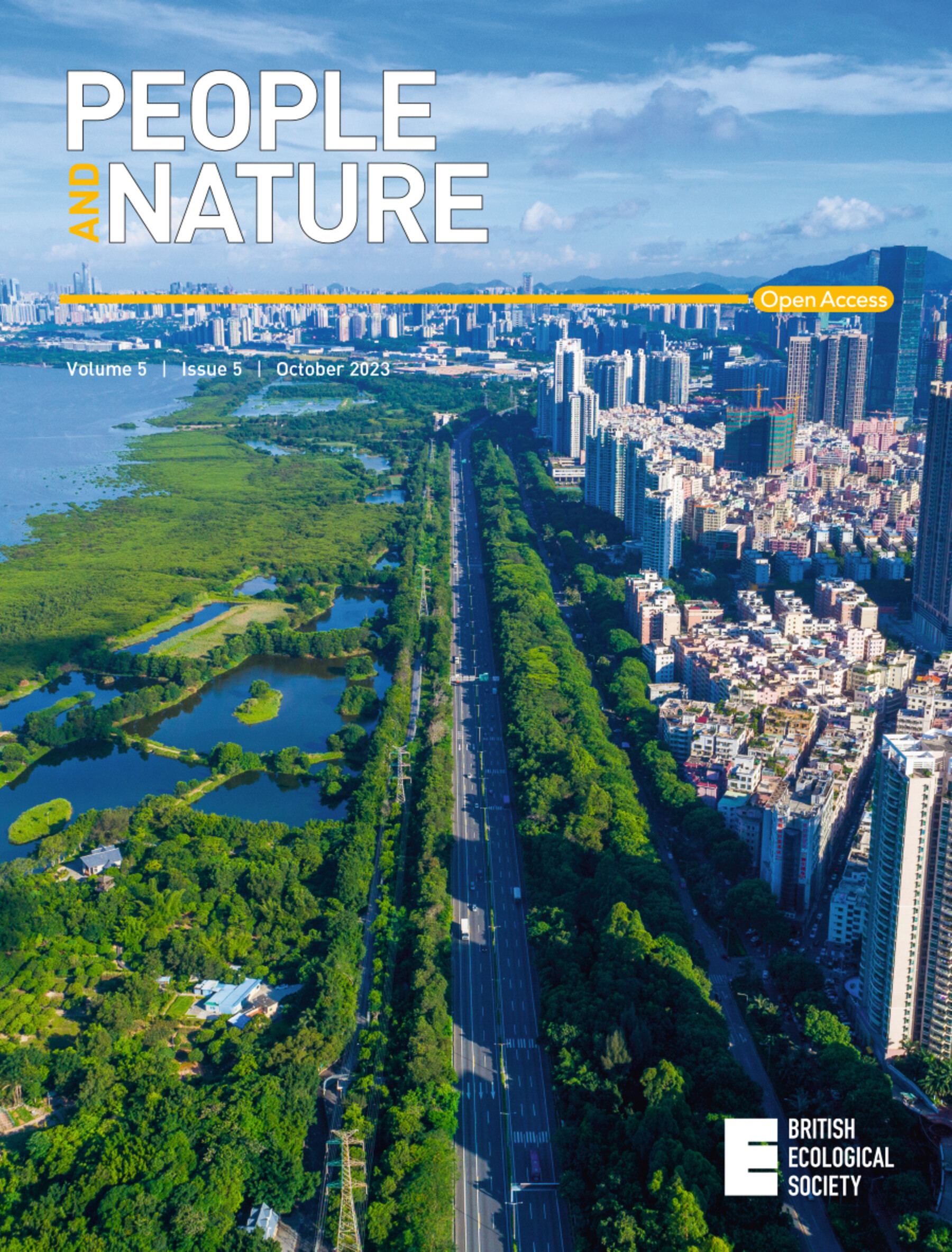
August 2025
People and Nature. - 7(2025)9, 2212-2227
Implementing the European Union Biodiversity Strategy: Interlinked challenges and a potential way forward
Attila Lenti; Eszter Kelemen; Karmen Czett; Carla Klusmann; György Pataki; Davide Geneletti; Sonja C. Jähnig; Twan Stoffers; Esther Chinweuba; Myriam Dumortier; Nikita Sharma; Jiska van Dijk; Marie Vandewalle; Kati Vierikko; Ágnes Zólyomi
August 2025
Hydrology and Earth System Sciences. - 29(2025)15, S. 3569–3588
Consequences of the Aral Sea restoration for its present physical state: temperature, mixing, and oxygen regime
Georgiy B. Kirillin; Tom Shatwell; Alexander S. Izhitskiy
The Aral Sea is both an example of large-scale environmental degradation caused by human activity and a message of hope through its partial restoration. The field observations and model scenarios show that the restored part of the Aral Sea appears to be healthy in terms of vertical mixing and oxygenation, but small changes of water level or transparency could alter the entire ecosystem.
August 2025
Frontiers in Microbiology. - 16(2025), Art. 1615096
Multigene phylogeny, morphology, and pathogenicity uncover two novel Globisporangium species (Oomycota) from freshwater habitats in northwestern Iran
Reza Ahadi; Alireza Alizadeh; Ali Chenari Bouket; Hossein Masigol; Hans-Peter Grossart
August 2025
Ecology. - 106(2025)8, Art. e70156
The role of trade-off shapes for community adaptation and maintenance of ecosystem functions under environmental change
Elias Ehrlich; George Adje; Ursula Gaedke

August 2025
Environmental Science & Technology. - 59(2025)33, 17811–17821
Revisiting Cyanobacteria-Temperature Dynamics: Intraspecific Competition and Trait Diversity as Keys to Predicting Harmful Algal Blooms under Climate Change
Yanxue Zhang; Huaming Wu; Xingqiang Wu; Hans-Peter Grossart; Andreas Lorke
July 2025
Hydrological Processes. - 39(2025)7, Art. e70190
Urban Hydrological Connectivity and Response Patterns Across Timescales: An Integrated Time-Frequency Domain Analysis
Gregorio A. López Moreira Mazacotte; Dörthe Tetzlaff; Chris Soulsby
The authors investigated the interconnections of rainfall, groundwater and stream flow in the Wuhle river in Berlin using autocorrelation, cross-correlation and time-frequency analyses of long-term data. Despite the strong influence of urban storm drainage, they showed a high degree of persistence of the groundwater signals.
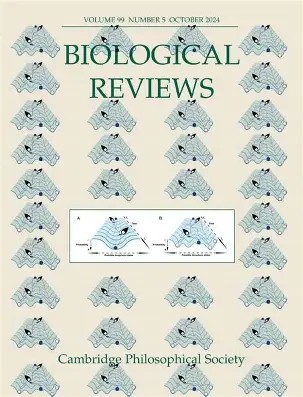
July 2025
Biological Reviews. - XX(202X)X, XX-XX
Plasticity in climate change responses
Angelika Stollewerk; Pavel Kratina; Arnaud Sentis; Catalina Chaparro-Pedraza; Ellen Decaestecker; Luc De Meester; Ozge Eyice; Lynn Govaert; John Iwan Jones; Christian Laforsch; Carolina Madeira; Anita Narwani; Vicencio Oostra; Joost A. M. Raeymaekers; Axel G. Rossberg; Matthias Schott; Robby Stoks; Ellen van Velzen; David Boukal
July 2025
Hydrological Processes. - 39(2025)7, Art. e70192
Integral Modelling Approach for Hyporheic Exchange due to Porous Log Jams: Comparison With Experiments and Sensitivity Studies
Finn Amann; Jörg Lewandowski; Reinhard Hinkelmann
July 2025
BioScience. - 75(2025)10, 820–830
Where, when, and how FAIR do data from aquatic mesocosm experiments get published?
Heidrun Feuchtmayr; Kelly Le Quesne; A Katharina Makower



